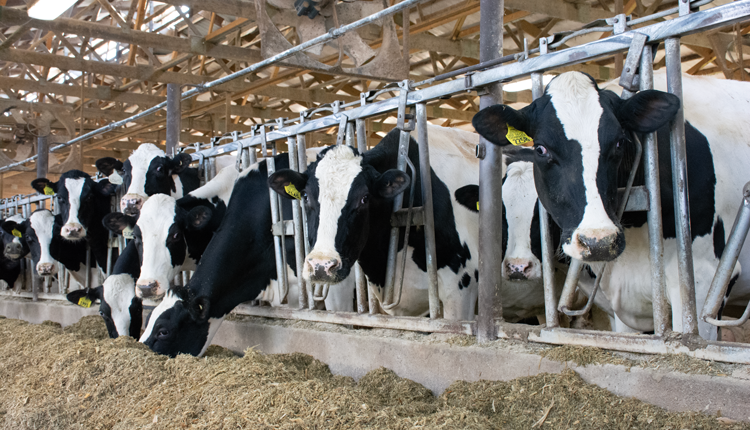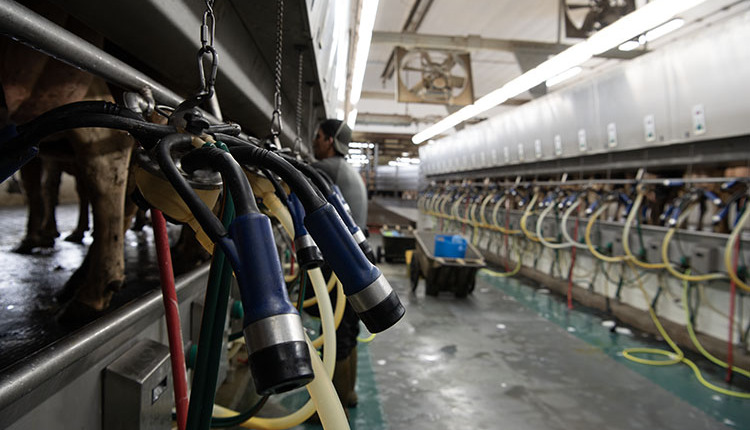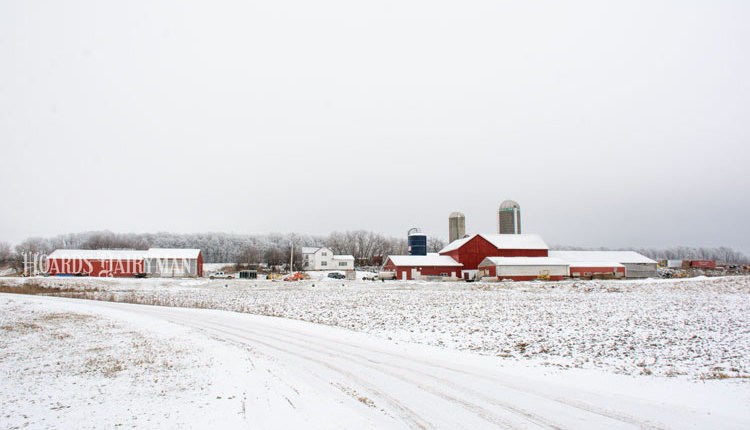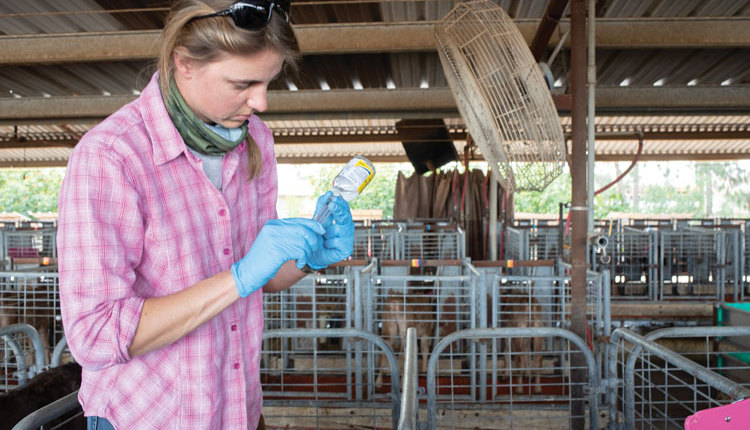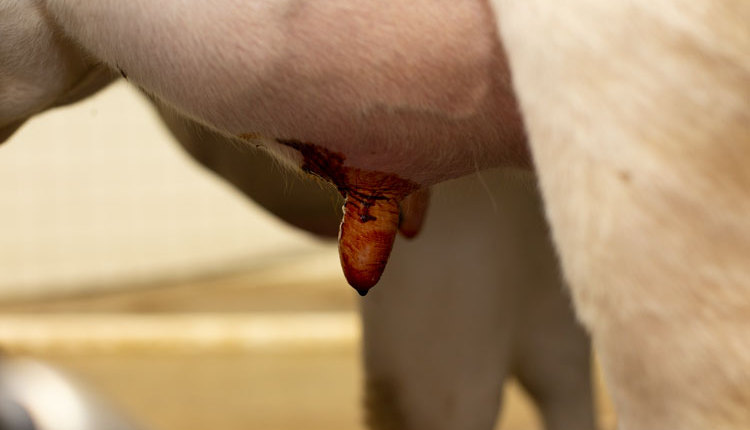It's true that cows enjoy the cooler weather, but, as the temperature drops, so does the cow's ability to maintain skin moisture. Chapped skin isn't just painful for us, it's equally irritating for cows. "Cracked teats create the ideal environment for bacteria to hide and proliferate; these bacteria have the potential to migrate into the udder where new infections may emerge," says Beverly Cox of Virginia Tech Extension. In light of winter, Cox has offered some tips to preserve your cows' teats.
1. Provide clean, dry housing and protection from wind to reduce the number of new environmental infections.
2. Restrict access to potentially muddy areas to keep udders clean and reduce damage from prolonged wetness.
3. Secure bedding to keep stalls well bedded.
4. Evaluate the emollient level of your teat dip. Higher emollients are needed. Glycerin levels of 5 to 10 percent are common in winter teat dips.
5. Make sure milking systems are functioning properly. Poorly functioning milking equipment can add to the stress on teats during the winter.
6. Remix dip if it becomes frozen. If frozen, the active ingredient in teat dip will settle out.
7. Keep using postdip! Without it, you're problems may become worse. During very cold times (below 15°F with wind chill), consider applying postdip, allowing 30 seconds contact time, and wiping dry to prevent frozen teats.
1. Provide clean, dry housing and protection from wind to reduce the number of new environmental infections.
2. Restrict access to potentially muddy areas to keep udders clean and reduce damage from prolonged wetness.
3. Secure bedding to keep stalls well bedded.
4. Evaluate the emollient level of your teat dip. Higher emollients are needed. Glycerin levels of 5 to 10 percent are common in winter teat dips.
5. Make sure milking systems are functioning properly. Poorly functioning milking equipment can add to the stress on teats during the winter.
6. Remix dip if it becomes frozen. If frozen, the active ingredient in teat dip will settle out.
7. Keep using postdip! Without it, you're problems may become worse. During very cold times (below 15°F with wind chill), consider applying postdip, allowing 30 seconds contact time, and wiping dry to prevent frozen teats.
